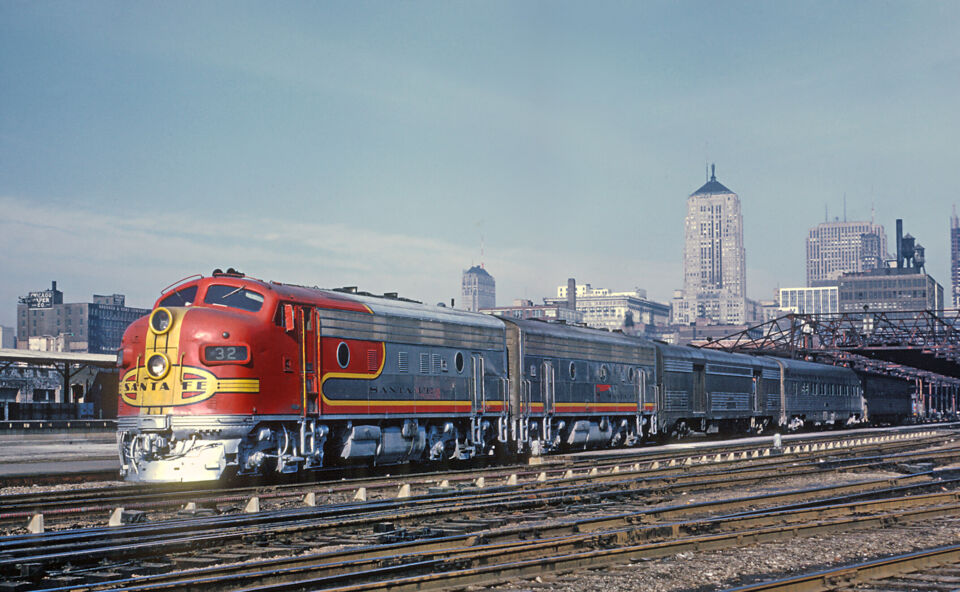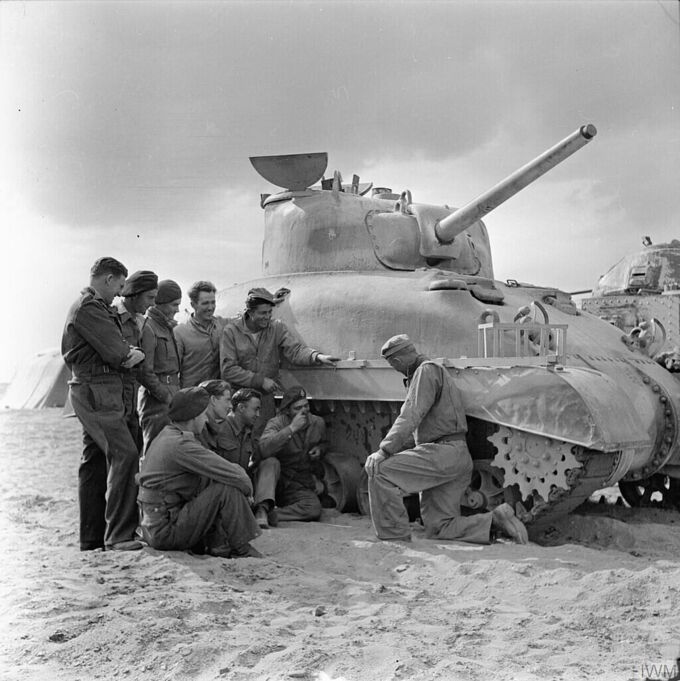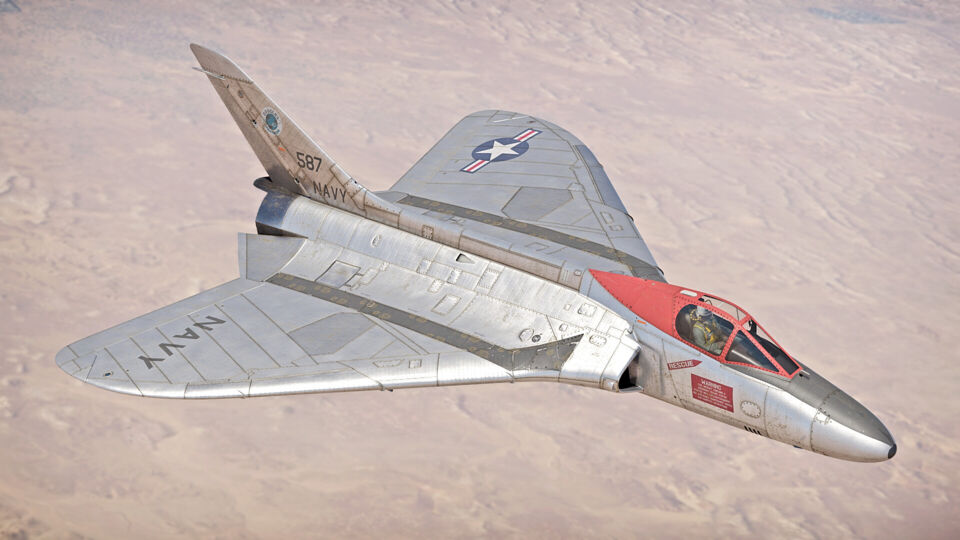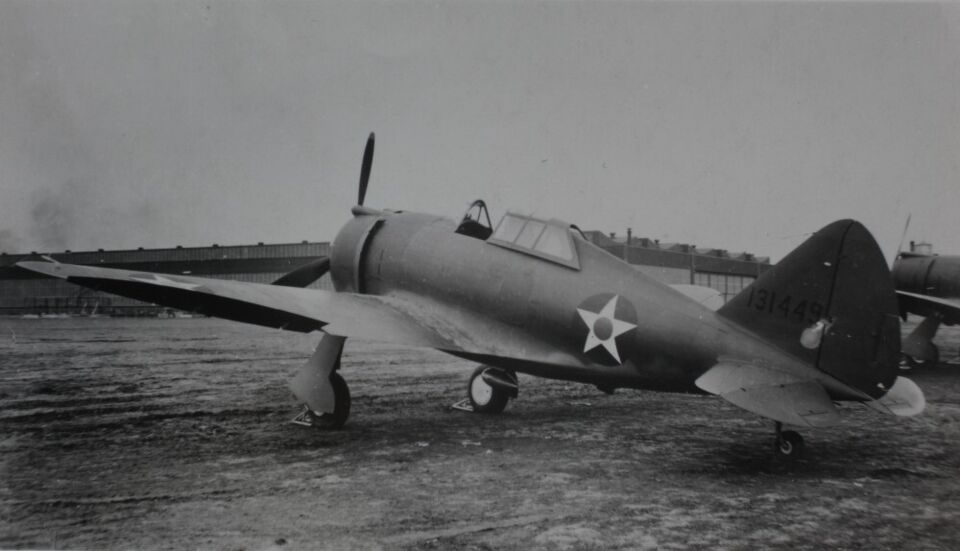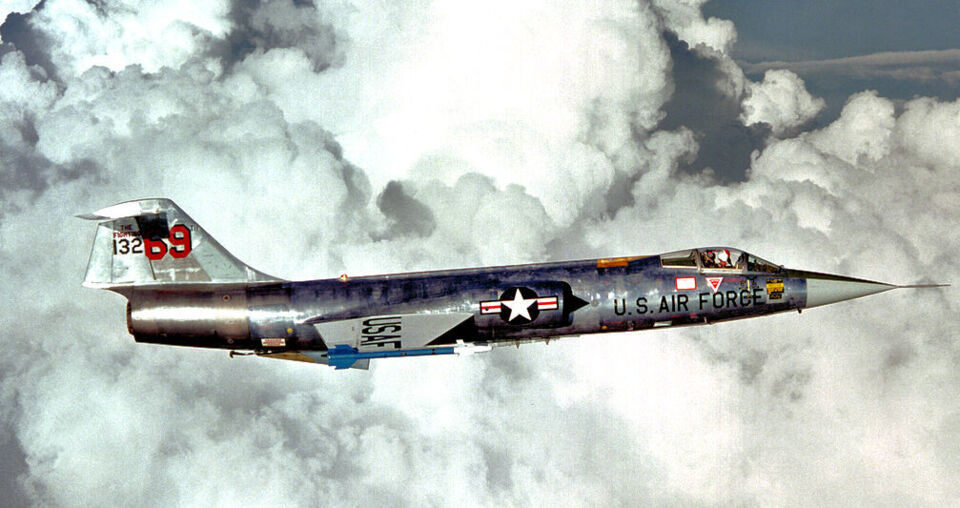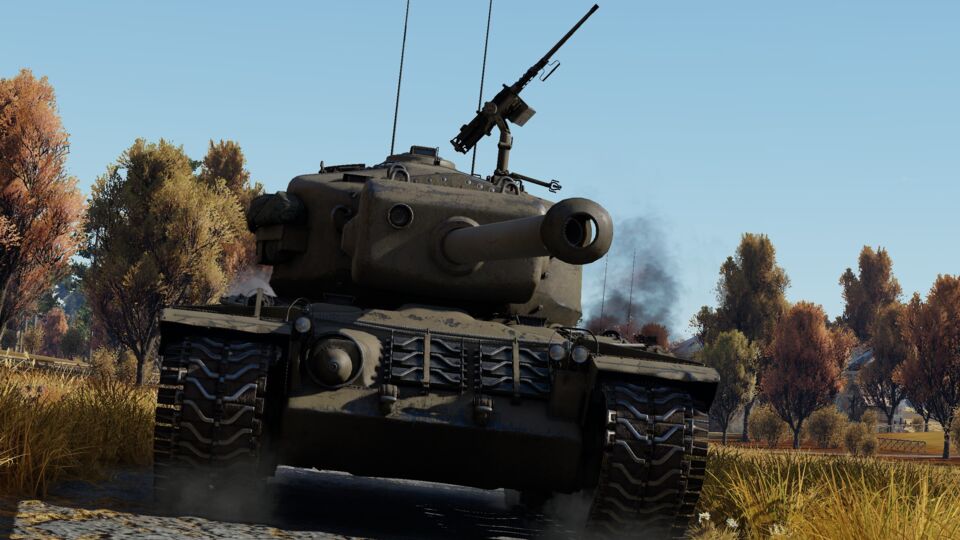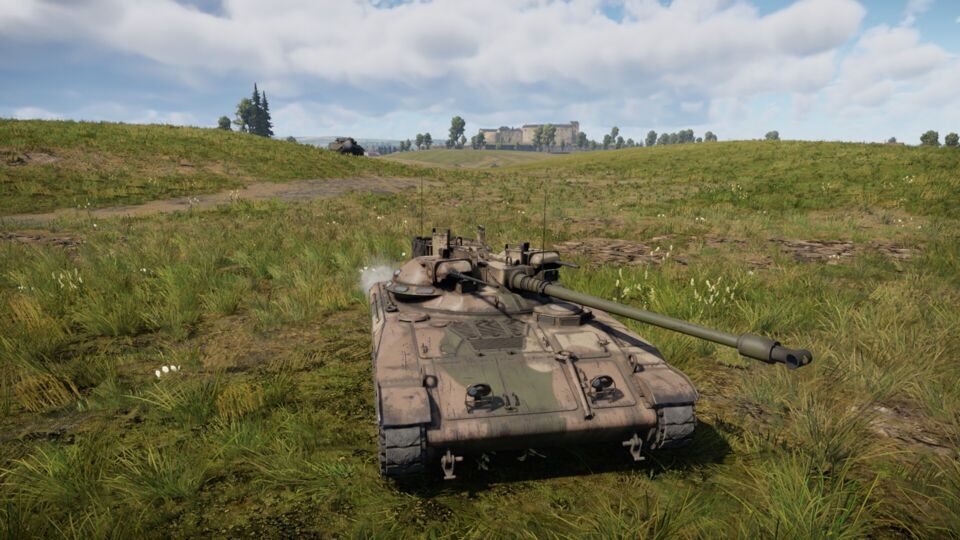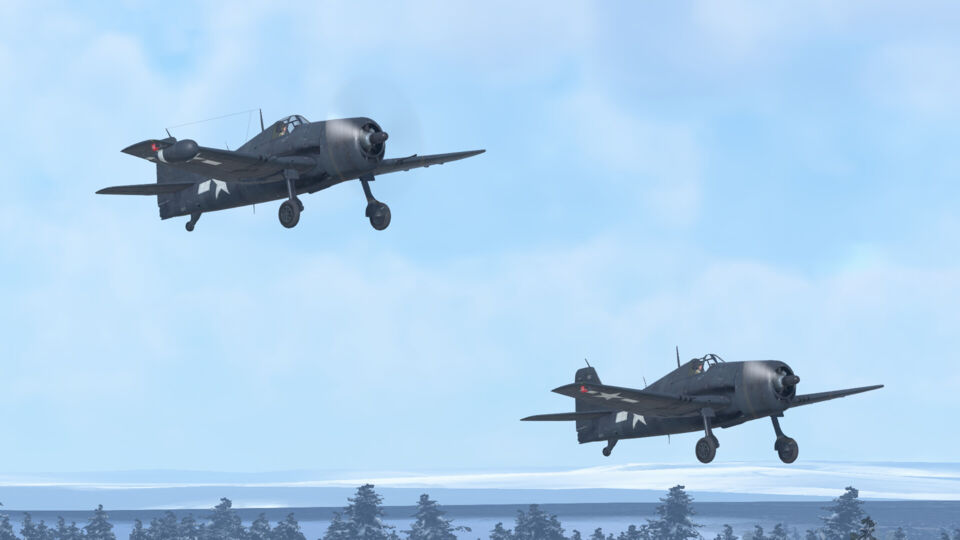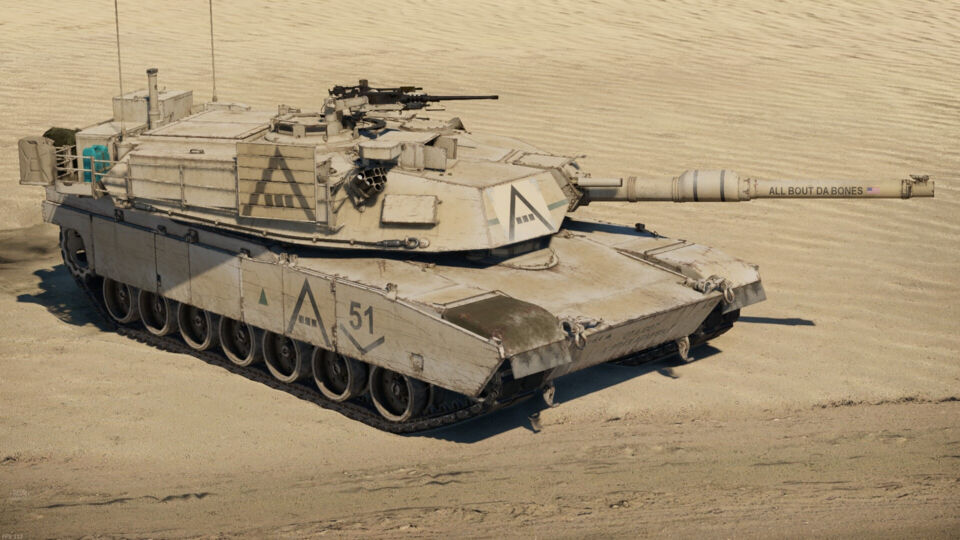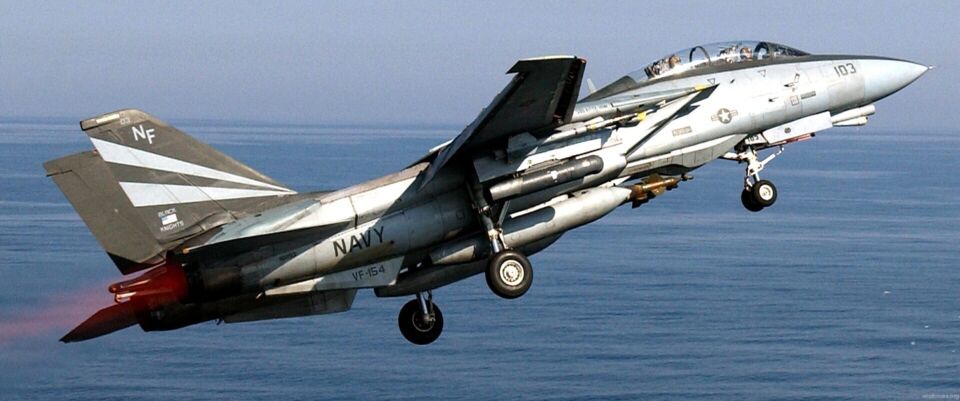#usa
Today I’m going to tell you a little more about trains, but not the Br 52 this time. Today it’s about the EMD F series. The EMD F is an American diesel-electric locomotive from General Motors Electro-Motive Division. It was designed as a heavy freight locomotive, but it was also used for passenger trains. A total of 1,807 units were built between 1945 and 1949: 1,111 of type A and 696 of the cabless units of type B.
During the Second World War, Britain found itself in a pickle. Domestic factories were unable to produce enough suitable tanks fast enough for the British Army to be able to fight in North Africa and beyond. Similarly, the lessons of the Fall of France, as well as the enormous loss of heavy equipment — albeit somewhat obsolete anyway; meant that the Ministry of Defence was forced to look across the pond to the United States for support.
The F4D-1 is the only carrier-capable delta-winged fighter which was employed by the US Navy. The plane itself represents the era of early jet aviation when designers experimented with unusual solutions. In the game, the F4D-1 Skyray differs significantly from other jet fighters and aircraft with similar wings. Like the latter, it can turn sharply toward the enemy, and it carries good weapons. However, its low maximum speed is disappointing, and like other delta wings, it quickly loses energy. So, how do you play it?
The Republic P-43 Lancer, introduced in 1940, was a transitional American fighter that bridged the gap between prewar designs and the more advanced aircraft of World War II. It offered respectable high-altitude performance for its time, along with decent armament, similar to its more popular successor, the P-47 Thunderbolt. The P-43 provided valuable experience in high-altitude operations and combat testing, with some serving in China under the American Volunteer Group and later the Chinese Air Force.
The Starfighter, the Lawn Dart, the Widowmaker, the Missile with a Man it it; regardless of what you may know it as, it’s impossible to deny its influence on military aviation. The first mass-production airframe to ever reach Mach 2, the F-104 was, and still is, used across the globe by both numerous national air forces and private owners alike. Its design echoed the role it was made for, trading complexity and a wide selection of ordnance for a simple design, made for raw speed. While its many nicknames earned it the dubious honor of being an accident-prone aircraft in popular media, it was still an incredibly unique and capable fighter for its time, only being roughly matched in speed by the MiG-21 a few years later.
The T30 is an American heavy tank designed in World War Two equipped with a very powerful 155mm cannon which is capable of knocking out even the best armored vehicles in the game with a single shot. This vehicle features surprisingly good mobility for its size as well as a decent armor profile that will make surviving the long reload a relatively easy task.
The T92 is an American prototype light tank developed in for the Cold War in the 1950s by Aircraft Armaments Inc. (AAI), the same company that later developed the HSTV-L. While the US Congress might have thought this tank was inadequate for its inability to swim, in War Thunder it is much more than adequate. Armed with a 76 mm cannon that can fire HEAT-FS, a quick reload, and a small hard-to-hit turret, the T92 is deadly. But what are its flaws, and how can its strengths be exploited for maximum effect?
The Grumman F6F-5 Hellcat, introduced in 1944, marked the peak of the Hellcat’s development, featuring a more powerful R-2800-10W engine, aerodynamic refinements, and the ability to carry bombs and rockets in addition to its six .50 caliber machine guns. Renowned for its durability and combat effectiveness, it secured Allied air superiority in the Pacific. Its night-fighter variant, the F6F-5N, carried the AN/APS-6 radar in a wing-mounted radome and paired four .50 caliber machine guns with two 20 mm cannons, giving U.S. forces the ability to hunt enemy aircraft at night and extending the Hellcat’s dominance into night operations.
The M1A1 AIM is an export version of the M1A1 AIM for the Royal Australian Armored Corps (RAAC), receiving an upgraded armor array and improvements in the FCS that the previous M1A1 in the US tech tree doesn’t have; said improvements include the addition of enhanced protection in both the turret and LFP that the M1A1 lacked in, and Gen 2 thermals for the gunner and the commander’s .50 cal machine gun. The KE-W round it possesses is also a potent round, being able to penetrate the enemies that the AIM faces at its BR. While this MBT lacks further upgrades to protection that the M1A2s possess, it’s a generally reliable brawler-sniper that can hold its own on the battlefield.
Did you know that the F-14A, the original variant of the legendary naval fighters, served with the U.S. Navy until 2004? Throughout its long and distinguished service, the F-14A underwent a series of significant upgrades that transformed it from a dedicated fleet air defense interceptor into a versatile multi-role fighter. This topic explores the key enhancements made to the A-model since 1977, tracing its evolution into a formidable platform with both potent air-to-air and precision air-to-ground capabilities.
